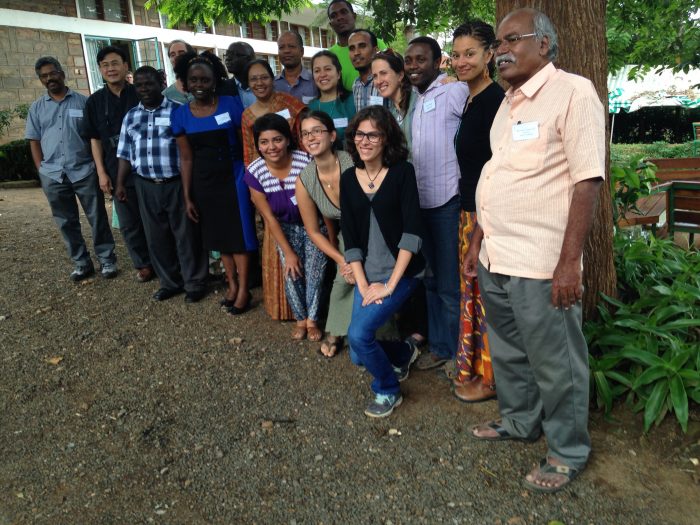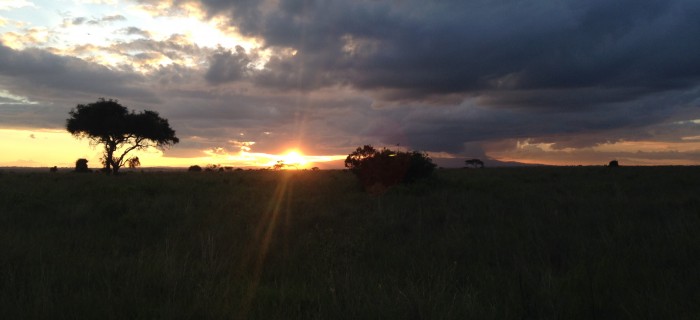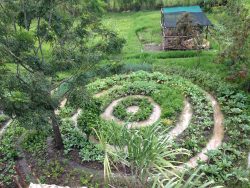Africa at the Crossroads: Is sustainability possible?
One can’t get to know a country in two weeks, that I know. The most one can do is to speak with the people, to walk around, to see, and to listen. To let yourself be surprised. With 45 million people, 42 ethnic groups, and 224,000 thousand square miles, Kenya is a country that overwhelms the senses. In Nairobi alone, the country’s capital, there are more than three million inhabitants Approximately one million live in the area of Kibera, the largest slum in Africa, known for its overcrowding, crime, poverty, and unemployment.
Although Kenya’s economy is the strongest in eastern Africa, more than 45% of its inhabitants live in poverty. According to the World Bank, the GDP per capita in 2014 was $1358 per year, significantly less than that of other countries in the same year, such as Guatemala, with a GDP per capita of $3673, and the USA with a GDP per capita of $54,619 in the same period. But why is Africa poor?
I asked this question to various people with whom I interacted; a woman hair stylist, a taxi driver who specialized in tourism – and also had a degree in biochemistry – and an agronomist and activist. Everyone answered “We are not poor! Africa is rich, don’t you see?” When I heard this I blushed; I had fallen in the trap of my own prejudice. After apologizing, and explaining myself as best I could, my patient Kenyan friends gave me similar reasons to explain the monetary poverty of Africa: “Here we are poor because of colonial agriculture policies, the AIDS epidemic, the corruption of politicians, and because we are poor!”
I will not to try to expand upon the causes of African poverty, but just say that since colonial times, the territory and labor force of Africa have been used to produce colonial agricultural goods like coffee and tea, which are exported as cheap raw materials to England and Europe, and it is there that they generate great wealth. This colonial dynamic leads to Africans losing power over their territories. The people with whom I spoke told me how at present new laws have been created (and compliance with the old laws has been re-enforced) that prohibit the free commercialization of traditional seeds. Instead, they require certifications and payments that favor the multinational companies and deprive small farmers of their right to keep, exchange, and freely commercialize their seeds, a neocolonial strategy that makes farming more expensive, and in some cases impossible.
The HIV epidemic that started in the 1980s has dramatically increased the morbidity and mortality rate of Africans. In Kenya, for example, 6 out of every 100 people are infected with the HIV virus. Certain cultural marriage practices exacerbate the problem. For example, if a man dies, his former spouse automatically becomes the wife of his brother. If the man dies of AIDS and his spouse is infected with the virus, the new spouse can be infected, which has a high cost to the entire family, especially the women, who are ultimately in charge of the nutrition and well-being to their children. The abandonment of the family is also a common custom, in which a man infected with the HIV virus usually migrates to the city leaving behind his fields, children and spouse (who is usually infected also). This situation leaves the family highly vulnerable.
On the other hand, the colonial system left deep wounds in society with the colonial ideology that seems to have been absorbed into the psyche of those in power, who prefer to ensure their own personal well-being and that of their family rather than that of the people who elect them, falling into practices of tyranny and corruption.
Stay in the loop with Food First!
Get our independent analysis, research, and other publications you care about to your inbox for free!
Sign up today!Lastly, another cause of poverty is the vicious and painful circle of poverty: if you are poor, the options to stop being poor are dramatically reduced.
That being said, my Kenyan friends emphasized the richness of Africa. I’ll show in a series of four parts successful initiatives of community action that demonstrate agency, solidarity, care of natural resources, a coexistence with the natural world, a spiritual connection with the land, a celebration of cultural richness, and the love and life that breathes through the many regions of Kenya, and without doubt are part of Kenya’s richness.
This series speaks of a conservation program called Thome Wa Mukamba that saves local traditional seeds, a center for training in agricultural biodiversity called G-biak, and a Rastafarian community that lives free from the ghost of hunger, thanks to its diversified gardens.
These examples give one a taste of how the diverse, sustainable agriculture, based on agroecological principles, is the most viable alternative for producing food, conserving natural resources, and promoting equity and justice. They are examples that show that when the men and women who work the fields, NGOs, and civil society organize themselves, they create alternatives that confirm that another world is possible. These examples make clear that the struggle for sovereignty and food justice is being taken up valiantly in every corner of the world where there are people concerned with caring for mother earth and the dignity of their lives and their work.
These examples show how diverse, sustainable agriculture, based on agroecological principles, is the most viable alternative for producing food, conserving natural resources, and promoting equity and justice.
This essay was written after a visit by the author to Kenya to participate in the general meeting of Agricultural Biodiversity Community ABC in November 2015. It was originally written in Spanish and kindly translated by a volunteer of the translation team of Food First. The author is deeply thankful to the anonymous translator

Agricultural Biodiversity Community ABC. Thika, Kenya, November 2015
Part 2. Thome Wa Mukamba: Promoting seeds and their local conservation for Food Sovereignty
Part 3. G-biak: The Center for Biodiverse Agriculture of Kenya



 Help Food First to continue growing an informed, transformative, and flourishing food movement.
Help Food First to continue growing an informed, transformative, and flourishing food movement.




